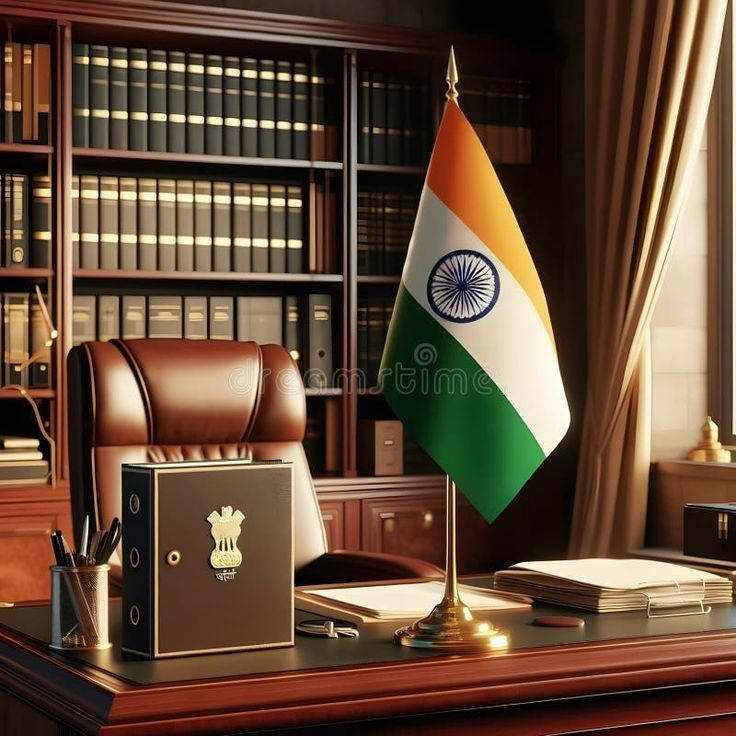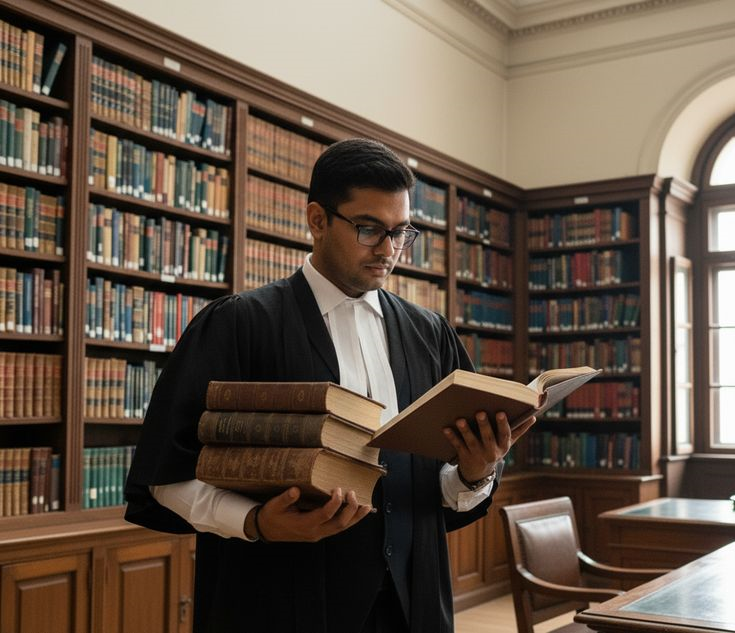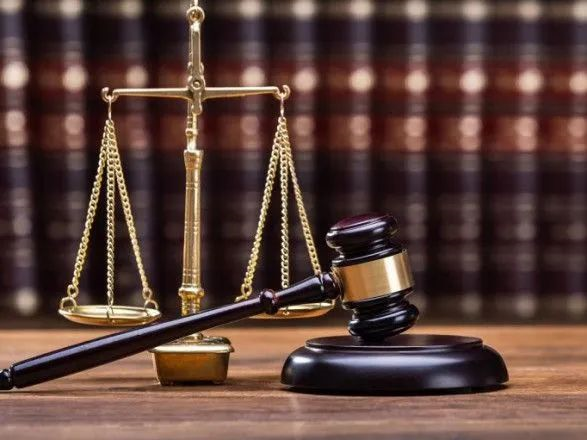The Constitutional Framework of Executive Power
The President of India is the constitutional head of the Union Executive, while the Council of Ministers, headed by the Prime Minister, is the real executive authority responsible for running the government. This relationship is defined under Articles 52 to 78 of the Constitution of India, forming the cornerstone of India’s parliamentary democracy.
Article 52 establishes the office of the President, and Article 53 vests the executive power of the Union in the President, to be exercised in accordance with the Constitution. However, this power is not absolute — it is exercised on the aid and advice of the Council of Ministers as per Article 74(1). Thus, the President acts as the nominal head, while the Prime Minister and the Council of Ministers act as the real decision-making authority.
This duality ensures that executive actions are taken responsibly, preserving the balance between symbolic leadership and democratic accountability.
Constitutional Relationship and Distribution of Powers
The relationship between the President and the Council of Ministers is built on the principle of collective responsibility and constitutional accountability. Article 74(1) clearly states that there shall be a Council of Ministers with the Prime Minister at the head to aid and advise the President, who shall act according to such advice.
After the 42nd and 44th Constitutional Amendments, the President is bound by the advice of the Council of Ministers. However, under Article 74(1) Proviso, the President may once return the advice for reconsideration, but if the Council reiterates its decision, the President is constitutionally obliged to accept it.
Further, Article 75 governs the appointment, tenure, and responsibility of ministers:
- The Prime Minister is appointed by the President.
- The other ministers are appointed on the advice of the Prime Minister.
- The Council of Ministers is collectively responsible to the Lok Sabha.
This means the President cannot act independently of ministerial advice, ensuring parliamentary control over the executive.
Role of the President: Nominal vs Real Executive
The President’s role, though ceremonial, holds great constitutional and moral significance. All executive actions of the Union are expressed in the name of the President as per Article 77, but the actual responsibility lies with the Council of Ministers.
The President, however, possesses certain discretionary powers in limited circumstances, such as:
- Appointing the Prime Minister when no single party commands a majority.
- Dismissing a ministry if it loses the confidence of the Lok Sabha.
- Returning advice for reconsideration under Article 74(1).
Apart from these, the President functions largely on ministerial advice. The Prime Minister serves as the link between the President and the Council of Ministers as per Article 78, which mandates that the Prime Minister must:
- Keep the President informed about all decisions of the Council.
- Provide information as the President may require.
- Submit matters for Council consideration when directed by the President.
Hence, the President acts as the constitutional guardian and symbol of unity, while the ministers carry out day-to-day governance.
Collective and Individual Responsibility of Ministers
Under Article 75(3), the Council of Ministers is collectively responsible to the Lok Sabha. This ensures that if the Lok Sabha passes a no-confidence motion, the entire Council — not just individual ministers — must resign.
Additionally, ministers are individually responsible for their departments. This principle ensures democratic accountability, as every executive action can be questioned in Parliament. The President, therefore, acts only on the advice of ministers, but ministers remain answerable to the Parliament and, ultimately, to the people.
This mechanism of responsibility preserves the supremacy of the elected representatives, while still maintaining the constitutional dignity of the President.
Practical Relationship and Checks on Power
In practice, the President and the Council of Ministers maintain a harmonious and consultative relationship. The President’s position, though largely symbolic, serves as a stabilizing force in times of political uncertainty.
For instance, when no party secures a clear majority, the President exercises discretion to invite the leader most likely to command parliamentary confidence. However, once a stable government is formed, the President’s discretion is minimal, ensuring that real power rests with the elected representatives.
This delicate balance between the nominal and real executive prevents authoritarianism while ensuring administrative efficiency. It embodies the spirit of responsible governance, as enshrined in India’s parliamentary system.
Judicial Interpretation and Constitutional Safeguards
The judiciary has played a vital role in clarifying the relationship between the President and the Council of Ministers. In Shamsher Singh v. State of Punjab (1974), the Supreme Court held that the President and Governors must act only on the advice of their Council of Ministers, except where the Constitution expressly provides discretion.
The Court emphasized that the President is the formal head and not the repository of executive power in practice. Similarly, in Rai Sahib Ram Jawaya Kapur v. State of Punjab (1955), it was reaffirmed that real executive power lies with the Council of Ministers, not the President.
These rulings ensure that India remains a parliamentary democracy, where the executive is responsible to the legislature, and the President serves as the guardian of constitutional propriety.
Real-Time Example
A real-time example of the President–Council relationship can be seen during coalition governments, such as in 1996 and 2004, when no single party had a majority. The President invited leaders of the largest parties to form governments based on confidence and support from other parties.
Another example is when the President returns a bill for reconsideration under Article 111 or returns advice under Article 74(1). Though rare, this ensures deliberative governance and promotes accountability. For instance, President A.P.J. Abdul Kalam returned the Office of Profit Bill (2006) for reconsideration, demonstrating a check on executive overreach while respecting constitutional propriety.
Mnemonic to Remember — “AIM-PIC”
To remember the relationship between the President and the Union Council of Ministers, use the mnemonic “AIM-PIC”:
- A – Advice (Article 74): President acts on ministerial advice.
- I – Information (Article 78): PM must keep the President informed.
- M – Majority (Article 75): Council is collectively responsible to Lok Sabha.
- P – Prime Minister: Head of Council, link between President and Ministers.
- I – Individual Responsibility: Ministers responsible for their departments.
- C – Collective Responsibility: Entire Council answers to Parliament.
Mnemonic Summary: “AIM-PIC” = Advice, Information, Majority, Prime Minister, Individual, Collective.
About lawgnan:
Explore the Constitutional Framework of Executive Power in India at Lawgnan.in. Learn how Articles 52 to 78 define the relationship between the President and the Council of Ministers, forming the core of India’s parliamentary democracy. Understand how the President’s nominal authority and the Prime Minister’s real power balance responsibility, stability, and accountability. Discover landmark cases like Shamsher Singh v. State of Punjab and Rai Sahib Ram Jawaya Kapur that clarify executive functions. Ideal for law students, UPSC aspirants, and judiciary exam candidates. Visit Lawgnan today to master executive powers under the Indian Constitution.




